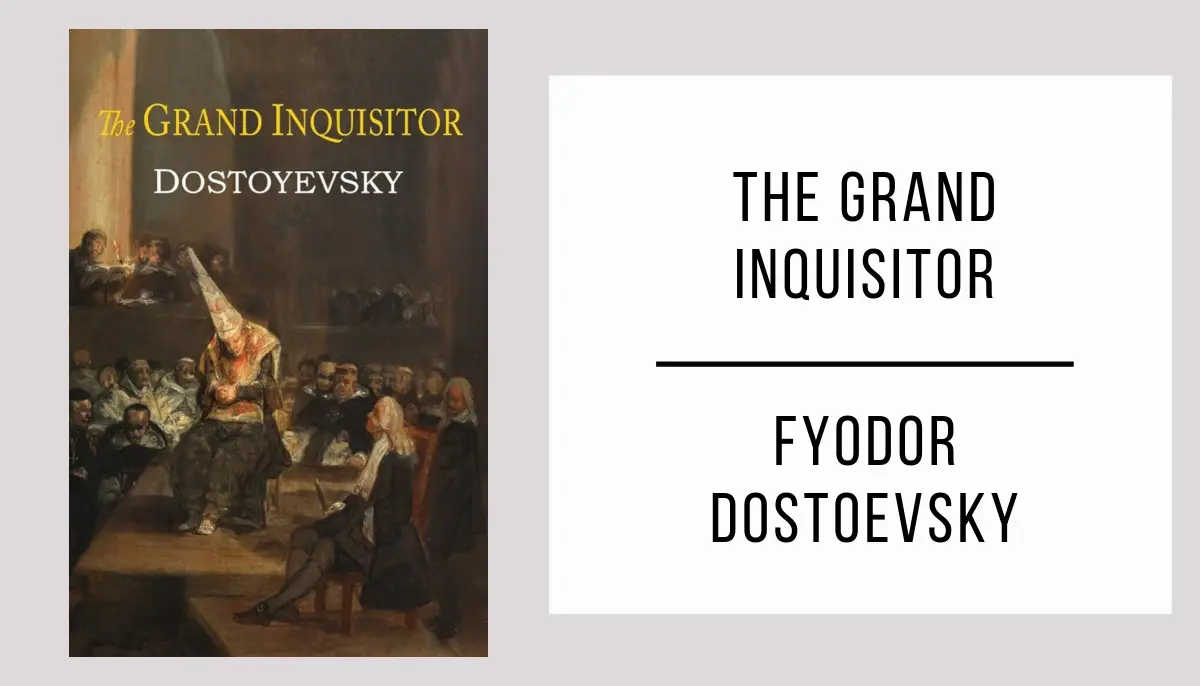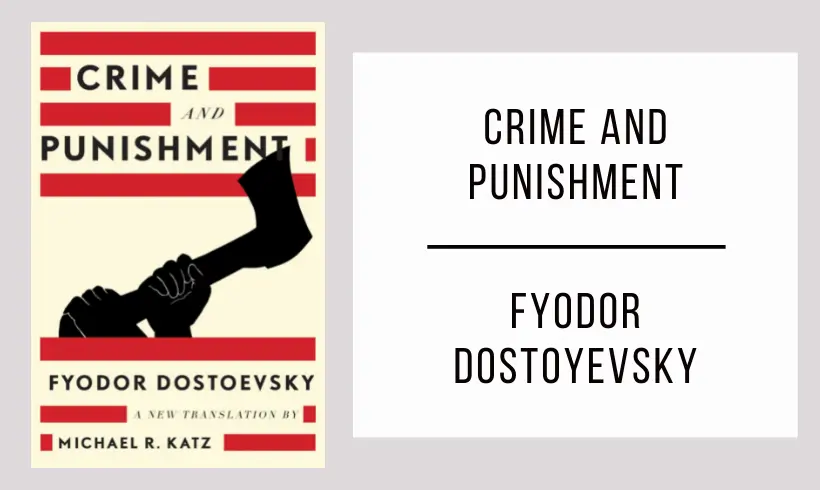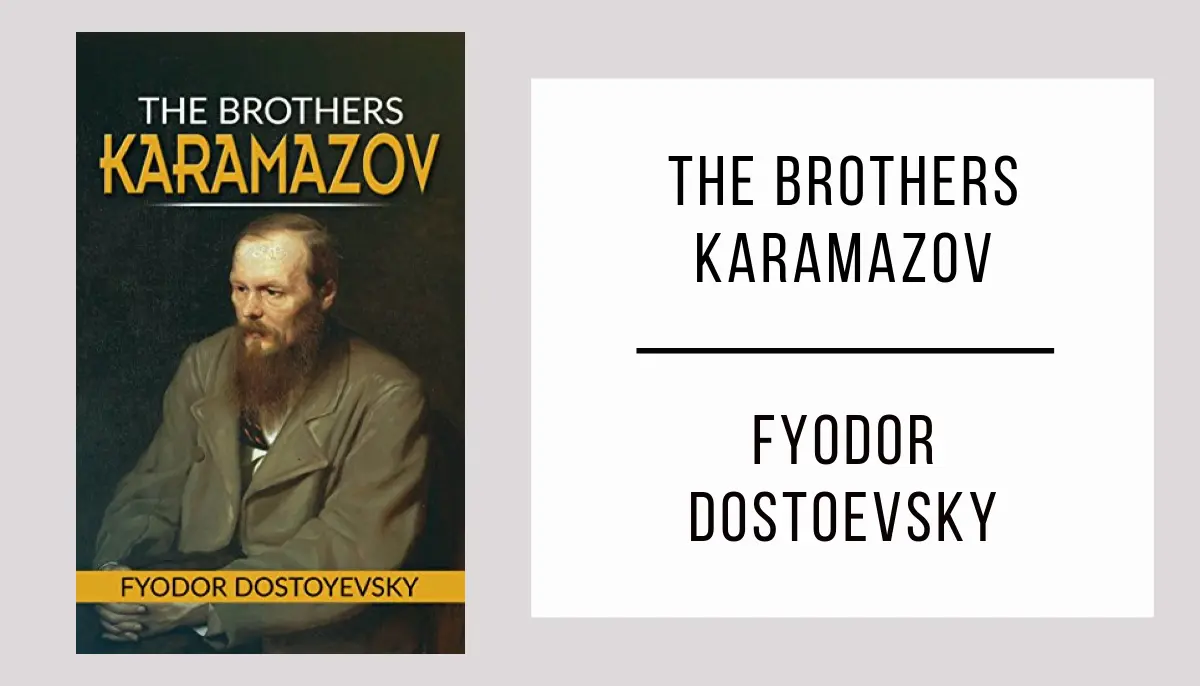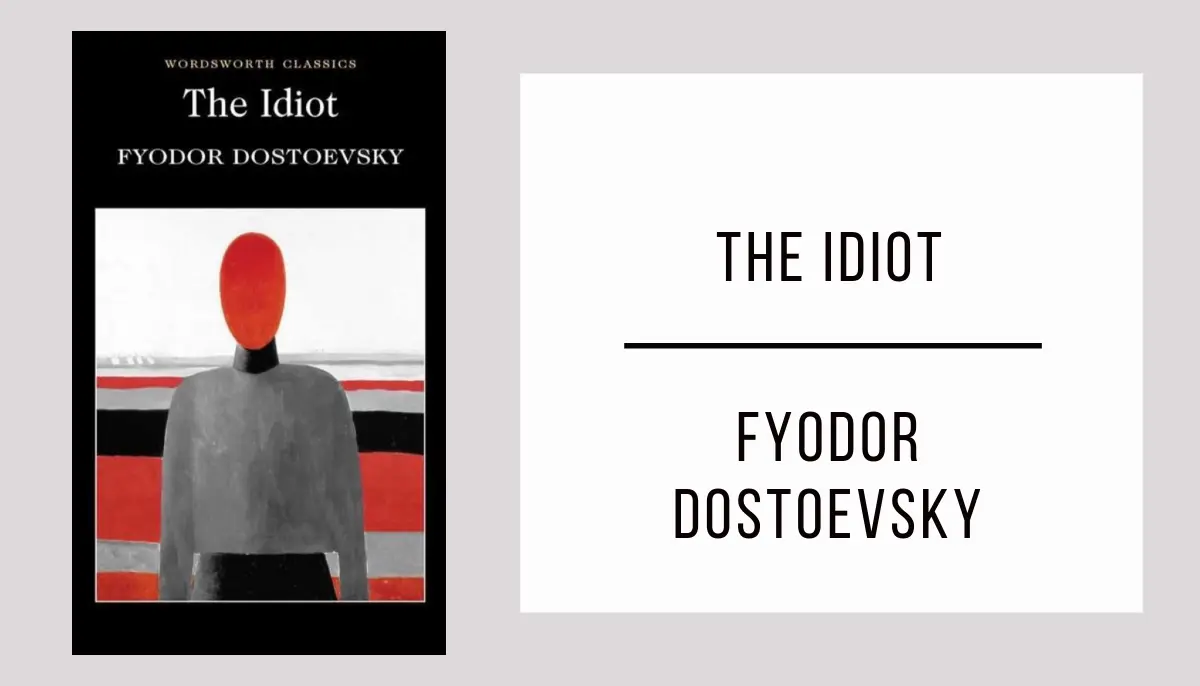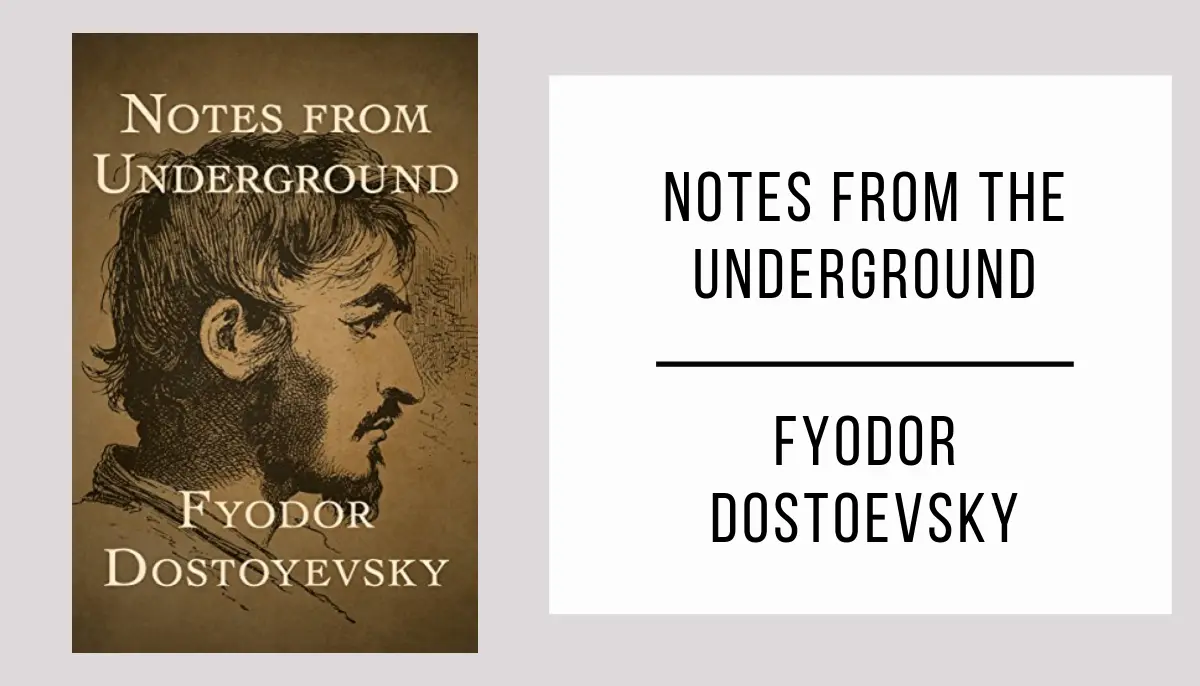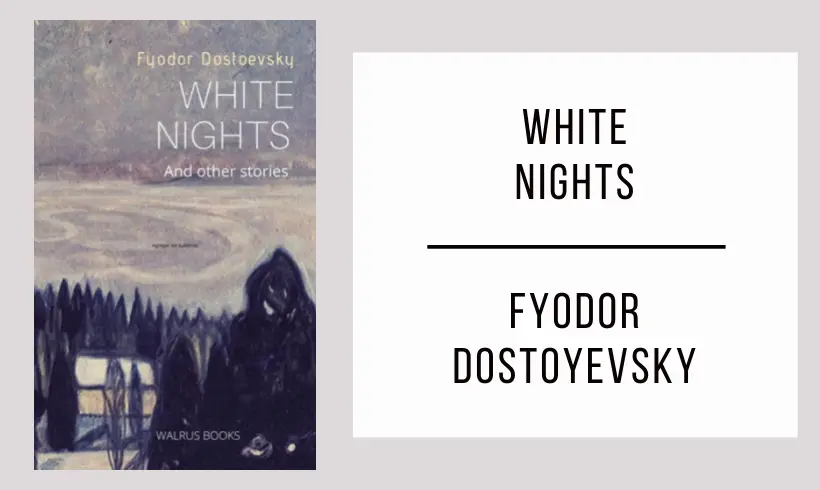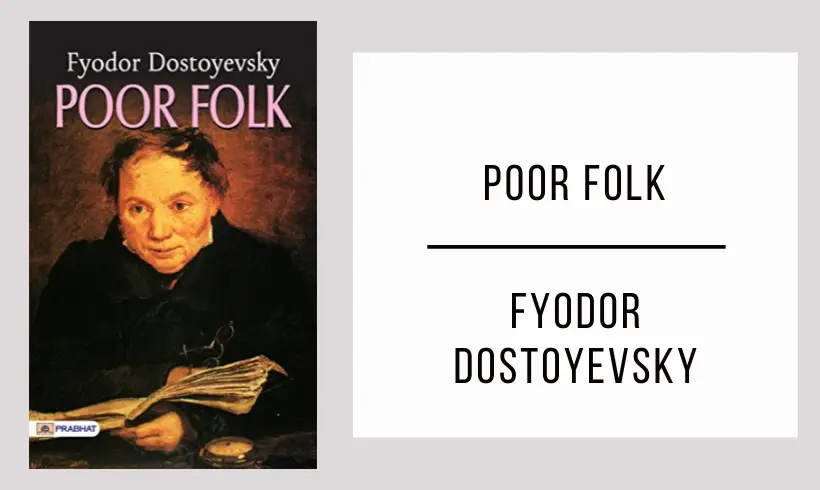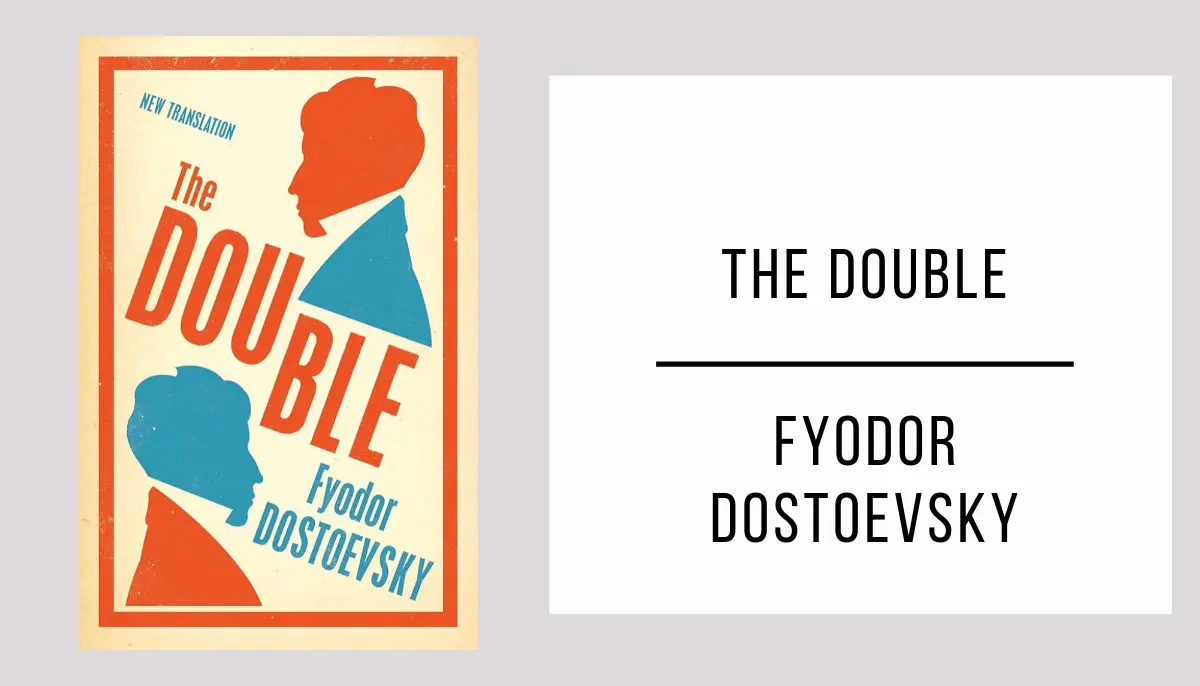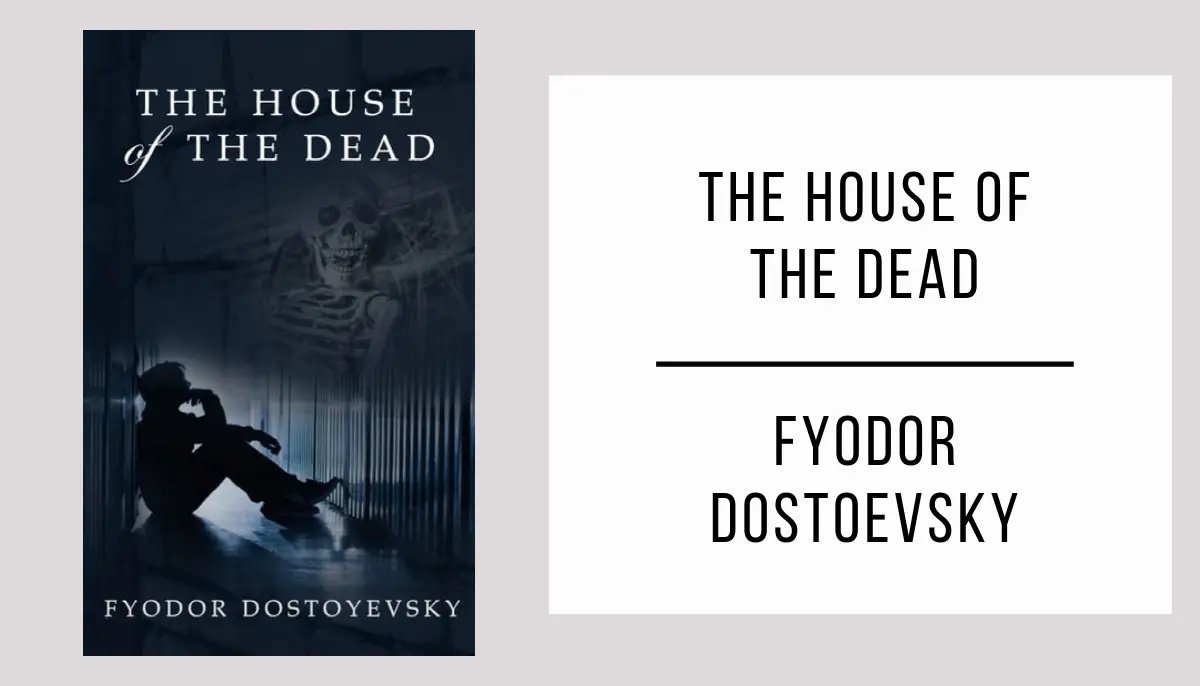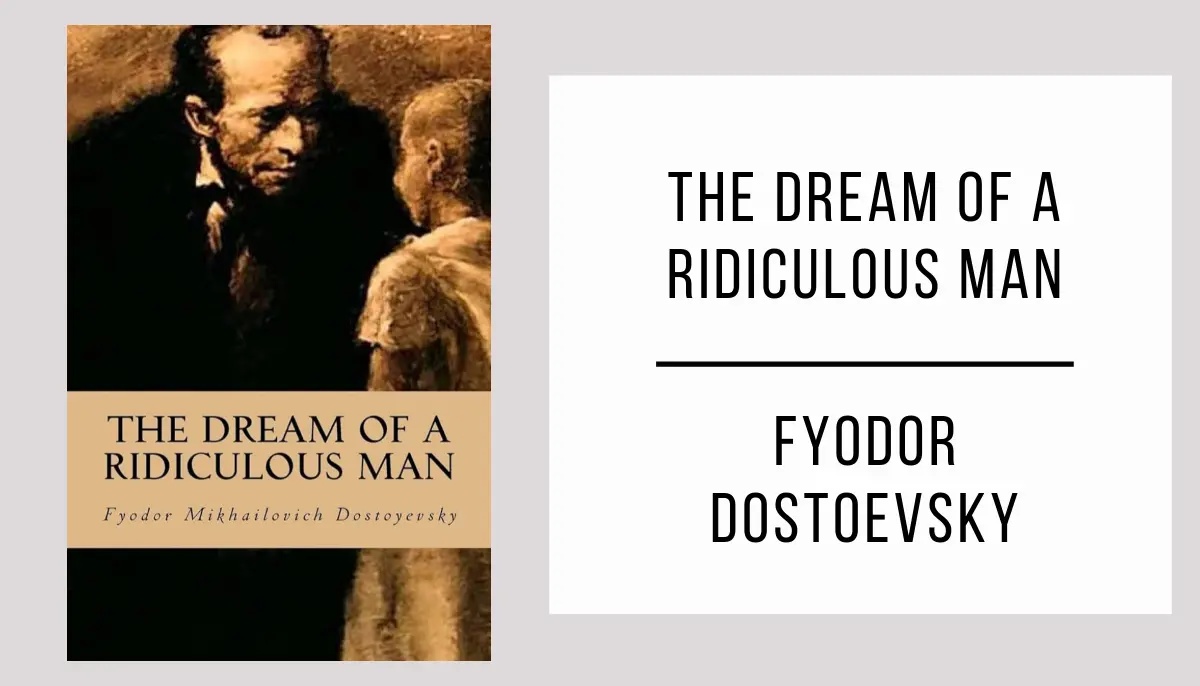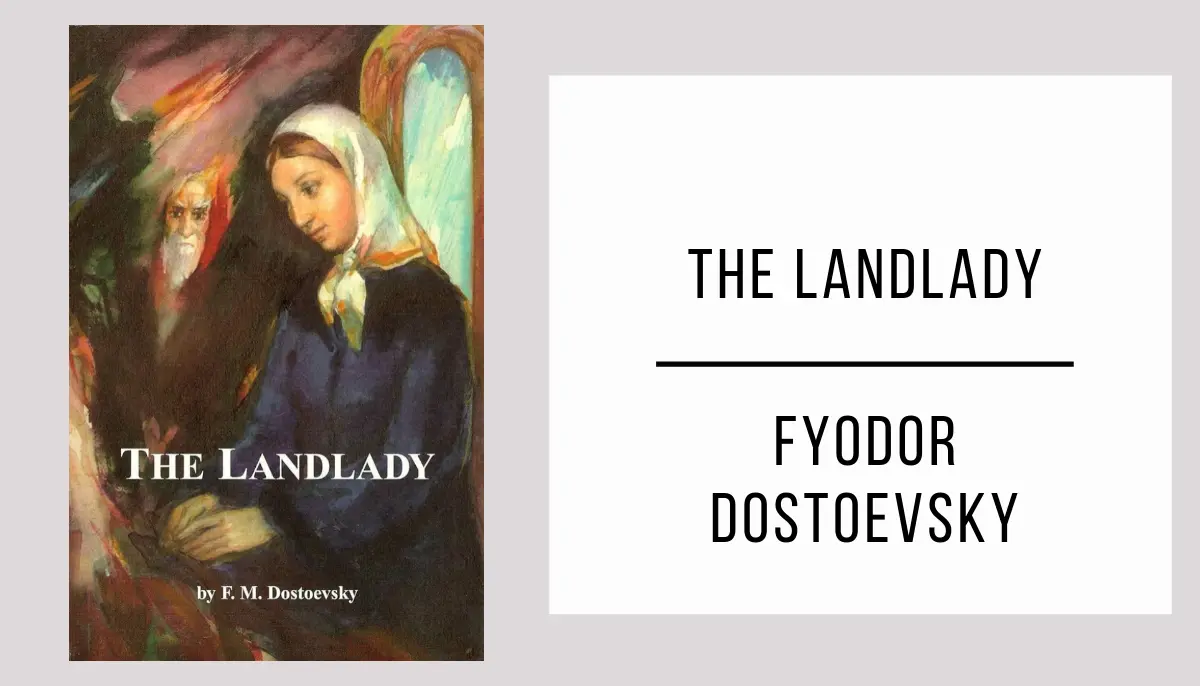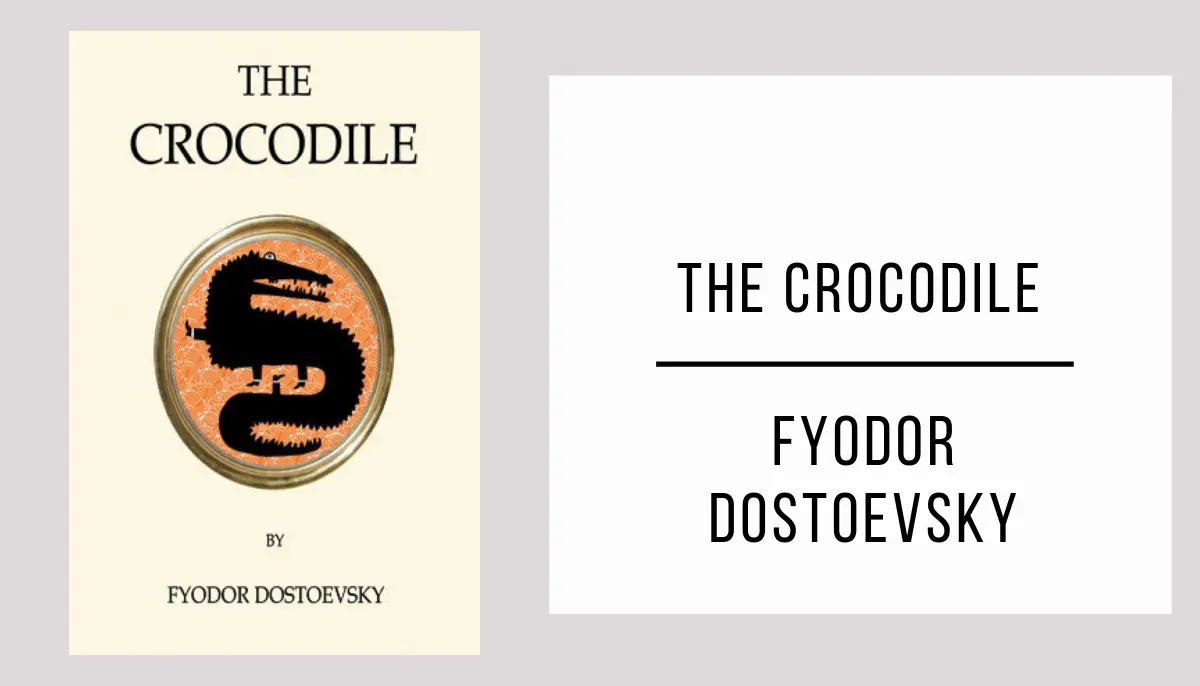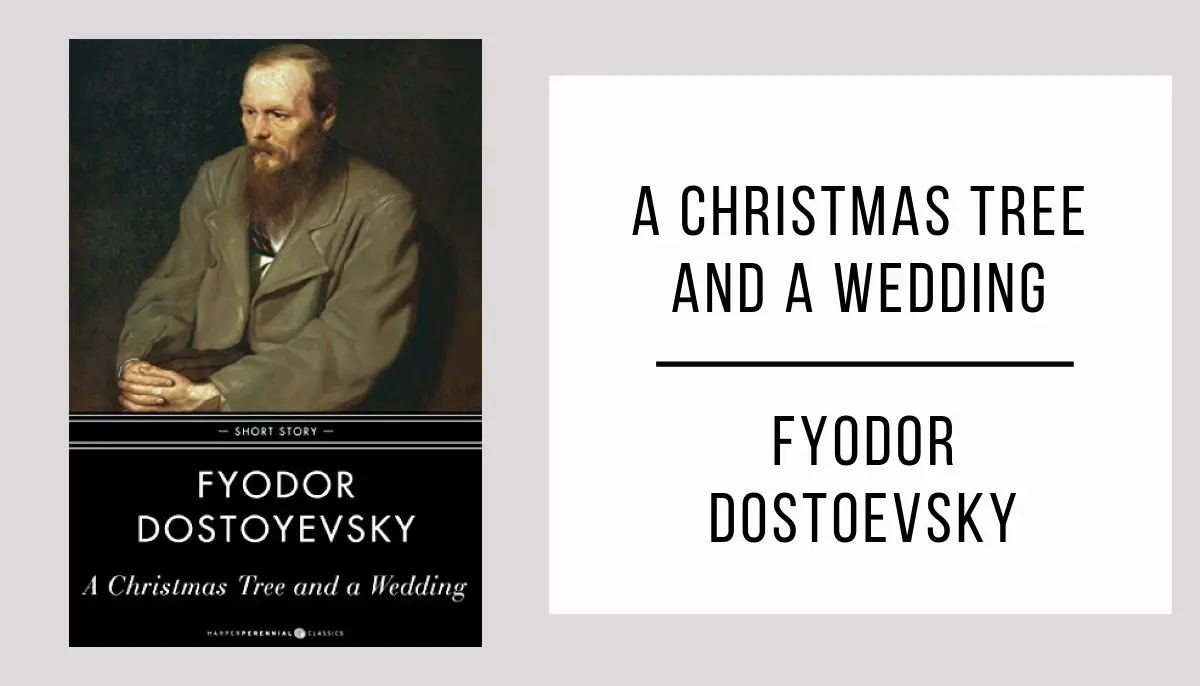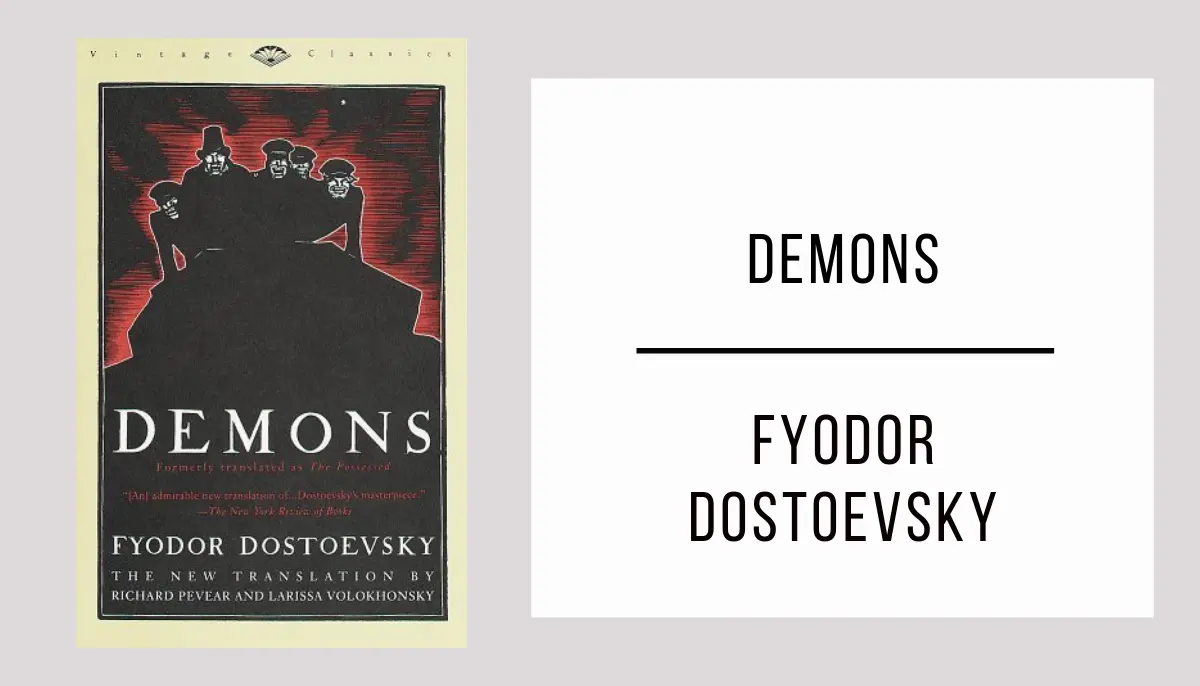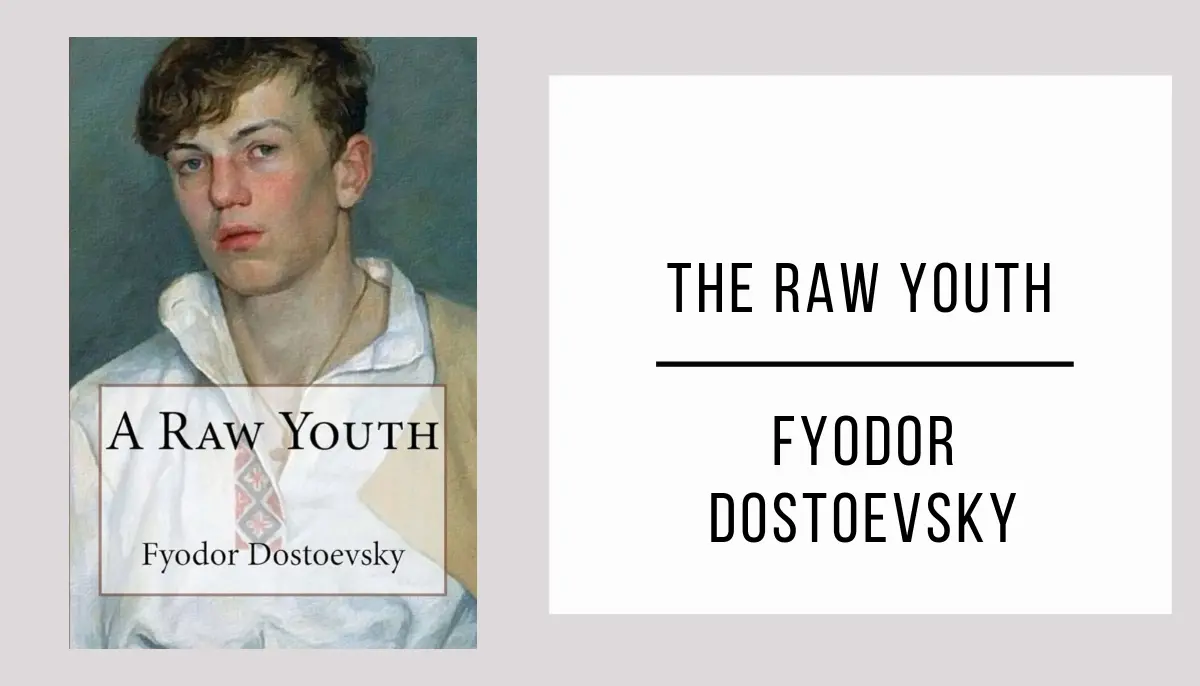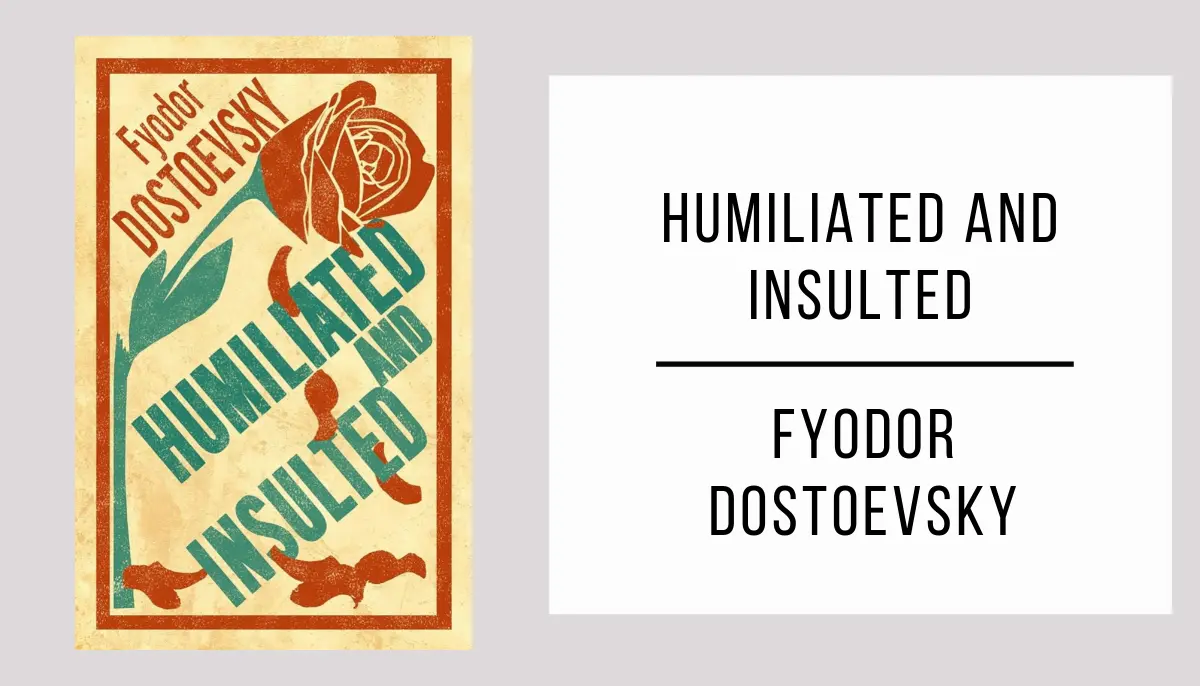“The Grand Inquisitor” is a masterpiece by Fyodor Dostoevsky that immerses you in an intriguing conflict between human nature and freedom.
Download a free PDF copy of “The Grand Inquisitor” now and delve into this fascinating novel that will challenge your convictions.
Get ready for an exciting and reflective journey as you explore the depths of “The Grand Inquisitor”, a must-read that will challenge you to question your own beliefs and perspectives.
The Grand Inquisitor in PDF format
*Wait a few seconds for the document to load, the time may vary depending on your internet connection. If you prefer, you can download the file by clicking on the link below.
Loading fileInformation The Grand Inquisitor
- Author: Fyodor Dostoevsky.
- Publication Date: 1880.
- Main Characters:
- Ivan Karamazov: An atheist intellectual. Alyosha Karamazov: A devout monk.
- Jesus: Appears in the story and is imprisoned by the Grand Inquisitor.
- Grand Inquisitor: An elderly cardinal who locks up Jesus and expounds his vision of the Church.
- Brief summary: “The Grand Inquisitor” is the fifth chapter of the fifth book of the novel The Brothers Karamazov. Ivan tells Alyosha a fantastic story in which Jesus returns during the time of the Spanish Inquisition in Seville. The Grand Inquisitor locks him up and explains to him in a monologue why Jesus no longer has the right to disturb the work of the Church.
- Thematic analysis: “The Grand Inquisitor” by Fyodor Dostoevsky addresses themes such as religion, individual freedom, the power of the Church, and human nature. Through the dialogue between Ivan and Alyosha, contradictions between faith and reason are explored, as well as tensions between the desire for freedom and the need for security and control.
- Historical context: “The Grand Inquisitor” is set in the context of the Spanish Inquisition in the 16th century, in the city of Seville. Dostoevsky uses this historical context to reflect on the role of the Church and its institutions in society, as well as to raise questions about faith and religious authority in a changing world.


